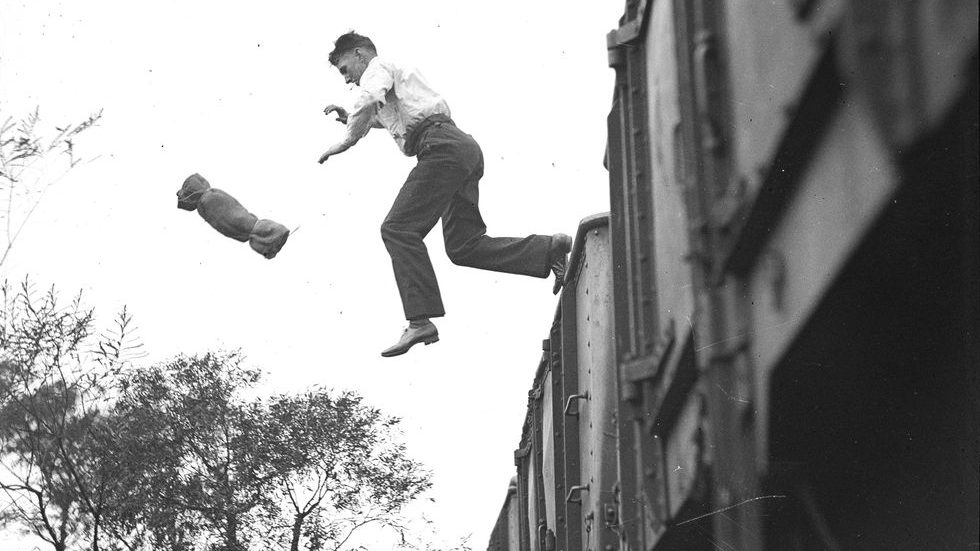Okay, so, you are in a train, and you need to escape – right away. Don’t ask us why but keep in mind that you want to get off the train without breaking every bone in your body. Recently, this question was posed to Rhett Allain, who is an associate professor of physics at Southeastern Louisiana University.
As per the answer, it turns out that you do have a variety of options at your disposal.
Strategy 1 – Reduce Your Starting Velocity
If you were to jump from a train that was moving at a speed of 10 m/s, you would hit the ground. When you make the impact with the ground, you will have a vertical velocity since the train is higher than the ground. As you begin to move down, the gravitational will cause an increase in your vertical speed. For instance, if the train is about 1 meter high, you will be traveling at 4 m/s when you make the impact.
At the same time, you are also moving horizontally along with the train. This means that at the moment of impact, you will be moving 4 m/s down and 10 m/s across. But, surprisingly enough, it is not the speed that will cause an injury to you but rather the acceleration. In order to bring your acceleration on impact down, you need to minimize your starting velocity. Let’s say if the train is traveling is at a speed of 10 m/s in the north direction, you will have to run 4 m/s in the opposite direction before jumping. This will bring your velocity in the north direction down to 6 m/s.
Strategy 2 – Increase Your Stopping Time
For an ideal case, you should use a sled to jump out of a train. This will allow you to slide along the ground after jumping. However, we doubt that you will have access to one when you are running from authorities and jump out of the train. So, what you can do is that you can end the landing with a barrel roll. The basic idea is to increase the stopping time, thus greatly reducing your acceleration.

